Verzending 24–48 u • Levering in de hele EU • Veilige chemieverpakking
Iron(III) chloride, anhydrous powder 99.7% 100 g
SKU 900913
€ 288,09
In stock
1
Save this product for later
Iron(III) chloride, anhydrous powder 99.7% 100 g
Product Details
CAS number: 7705-08-0
Chemical formulas: FeCl3/ F.W. 162.21/ powder
Cation: Fe
Packaging: 100 g
EAN: 8721028231130
Brand: Laboratoriumdiscounter
Iron(III) chloride, anhydrous powder, is a chemical compound widely used in various industries. With its unique properties, it serves as a catalyst, a flocculant, and a pigment in different applications. This versatile compound is known for its corrosion resistance, making it ideal for water treatment and metal surface treatment. Additionally, Iron(III) chloride, anhydrous powder, finds its use in the production of dyes, pharmaceuticals, and as an etching agent in the electronics industry. Explore the diverse applications of this compound and harness its potential for your specific needs.
When working with Iron(III) chloride, anhydrous powder, it is important to follow safety precautions to minimize the risk of accidents or exposure. Here are some short safety instructions to consider: 1. Personal Protective Equipment (PPE): Always wear appropriate PPE, including safety goggles, gloves, and a lab coat or protective clothing, to protect your eyes, skin, and clothing from potential contact with the powder. 2. Ventilation: Work in a well-ventilated area or under a fume hood to prevent inhalation of any fumes or dust generated during handling. 3. Handling: Use caution when handling the powder to avoid spills or dispersion into the air. Avoid creating dust by gently pouring or scooping the powder. 4. Storage: Store Iron(III) chloride, anhydrous powder in a tightly sealed container in a cool, dry place away from incompatible substances. Follow any specific storage instructions provided by the manufacturer. 5. Fire Safety: Iron(III) chloride, anhydrous powder is not flammable, but it can release toxic fumes when heated. Keep it away from open flames or ignition sources. 6. Chemical Compatibility: Avoid contact with incompatible substances, such as strong oxidizers, reducing agents, or organic materials, as it may result in hazardous reactions. Consult the Safety Data Sheet (SDS) for specific information. 7. Spills and Cleanup: In case of a spill, carefully contain and clean up the powder using appropriate methods, such as using a scoop or brush and dustpan. Dispose of the waste according to local regulations. 8. First Aid: In case of accidental exposure or ingestion, seek medical attention immediately. Rinse affected areas with plenty of water and remove contaminated clothing. Remember, these instructions are not exhaustive, and it is essential to consult the Safety Data Sheet (SDS) and follow any specific guidelines provided by the manufacturer or your institution.
Please note, not all safety data for this product is available on our website, for a complete list of P en H sentences and other safety instructions please request the MSDS at our customer service
You May Also Like
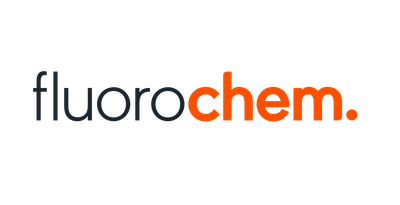
6-Bromo-2,4-dimethylpyridin-3-amine, 97.0%, 25g
6-Bromo-2,4-dimethylpyridin-3-amine, 97.0%, 25g
SKU F064884-25G
€ 1 292,50
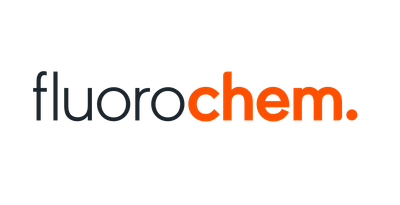
6-(Aminomethyl)naphthalen-2-ol, 97%, 1g
6-(Aminomethyl)naphthalen-2-ol, 97%, 1g
SKU F672288-1G
€ 327,80
Display prices in:EUR
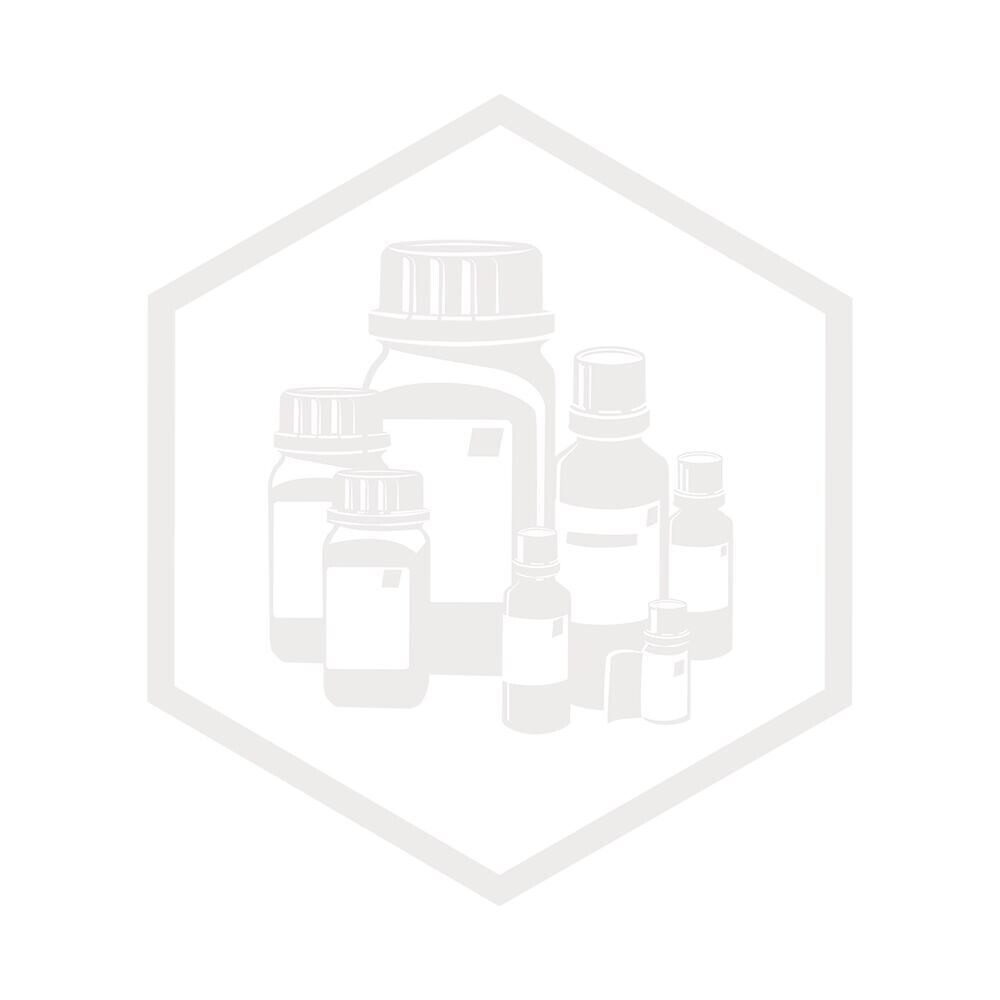
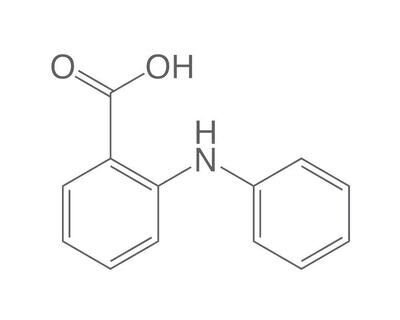

![3-[(3-Hydroxycyclohexyl)amino]-5,5-dimethylcyclohex-2-en-1-one, 98.0%, 25mg 3-[(3-Hydroxycyclohexyl)amino]-5,5-dimethylcyclohex-2-en-1-one, 98.0%, 25mg](https://d2j6dbq0eux0bg.cloudfront.net/images/88473019/4861358685.png)

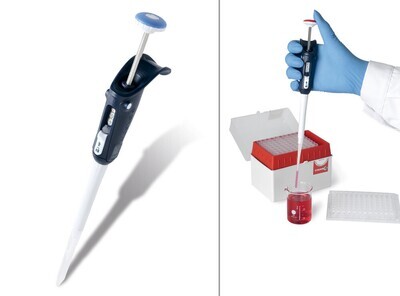
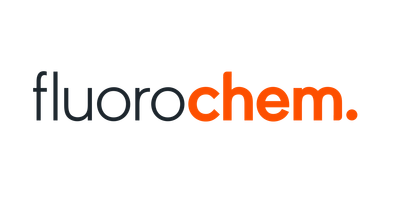
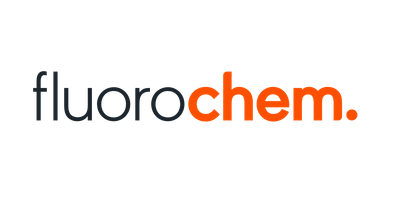
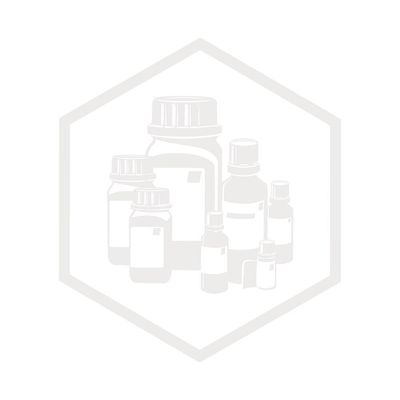
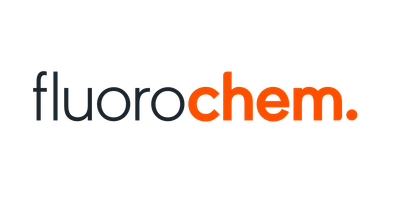
![2-[3-(6-methylpyridin-2-yl)propoxy]ethan-1-ol, 97%, 5g 2-[3-(6-methylpyridin-2-yl)propoxy]ethan-1-ol, 97%, 5g](https://d2j6dbq0eux0bg.cloudfront.net/images/88473019/4857600733.png)
